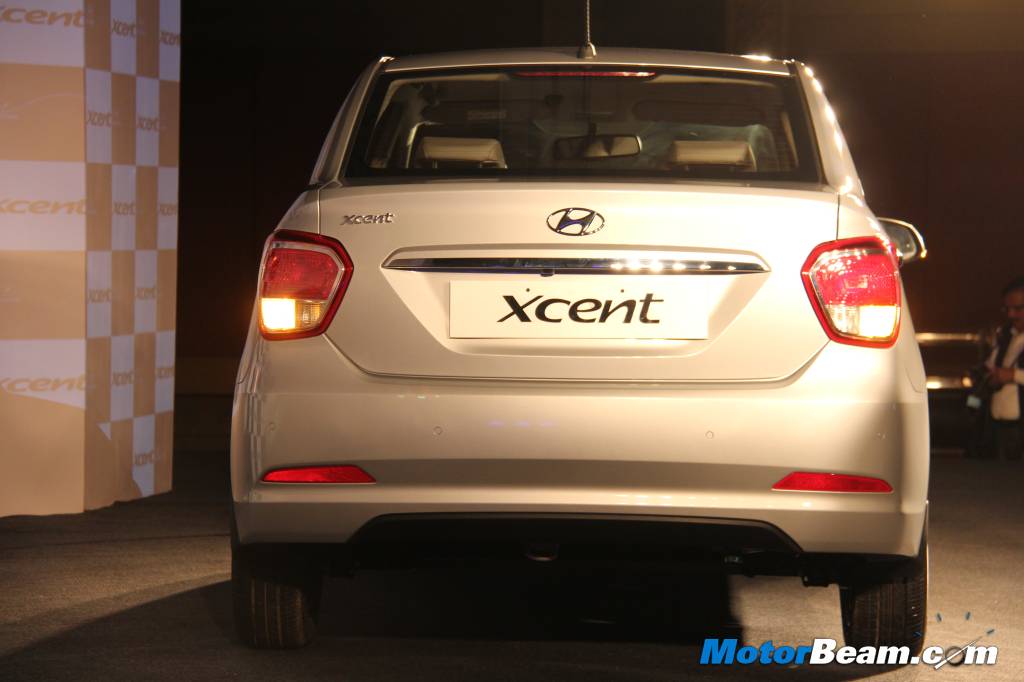The 1.2-litre Kappa VTVT engine doesn’t get any revisions
Performance – The Hyundai Xcent is offered with both petrol and diesel engines. Talking about the petrol engine first, no changes have been made to the 1.2-litre Kappa VTVT unit. It is mated to either a 5-speed manual gearbox or a dated 4-speed automatic transmission and produces 83 PS of power at 6000 RPM and 114 Nm of torque at 4000 RPM. Throttle response is good and power delivery is linear. The top-end performance isn’t the best but the low-end and mid-range are very good. The NVH levels are also fantastic. The ARAI-claimed fuel efficiency is 20.14 km/l and 17.36 km/l for MT and AT respectively but in real world conditions, you can expect 10-14 km/l from the MT and 9-13 km/l from the AT.
The 1.2-litre U2 CRDI mill is peppy and fuel efficient
The U2 CRDI mill would be our pick for its performance & efficiency
The diesel engine has been upgraded from the older 1.1-litre unit to a larger 1.2-litre U2 CRDI unit which now produces 75 PS of power at 4000 RPM and 190 Nm of torque from 1750-2250 RPM. The engine has been tuned very nicely and turbo lag has been negated effectively. The engine has a good surge of power right from 1600-1700 RPM and continues till 3500-4000 RPM and the oil-burner feels very peppy. The engine is quite noisy though. The 5-speed gearbox is a charm and gearshifts are smooth. The ARAI-claimed efficiency is 25.4 km/l and you can easily expect 17-22 km/l in real world conditions.
Handling is okay & steering is lifeless; ride is very good
Driving Dynamics – The Hyundai Xcent has a soft suspension setup which results in a smooth ride for the passengers. The setup is slightly stiffer compared to the Grand i10 but the ride remains supple most of the times. However, uneven road surfaces tend to unsettle the car easily. On straights, the Xcent remains stable even at speeds well over the ton. The steering is feather light which is a boon in traffic and while parking but it lacks any sort of feel or feedback. It doesn’t even weigh up at high speeds and doesn’t instil confidence. Braking performance is sharp like other Hyundai cars and the grip from the tyres is average.




